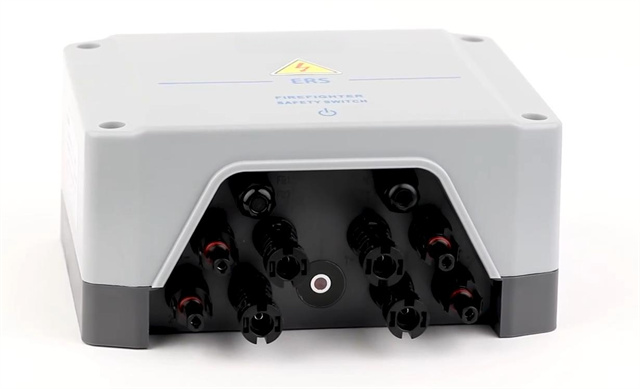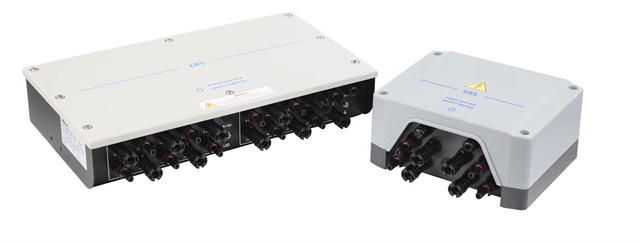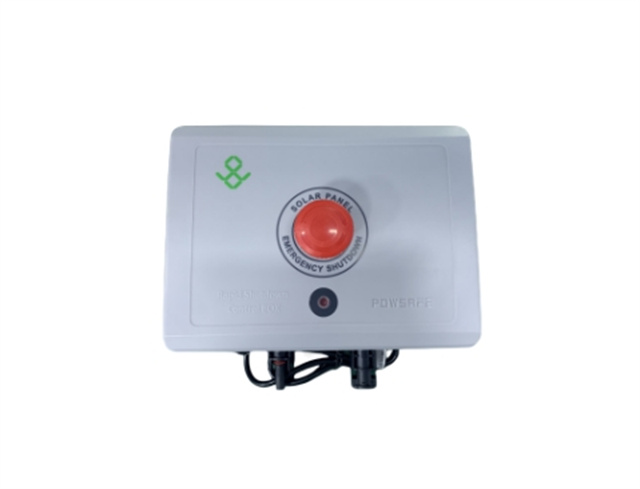Author:BLD Solar Energy SystemFROM:Solar System Converter Manufacturer TIME:2023-08-18
Effective Usage Techniques for Rapid Shutdown in Solar Systems

The rapid shutdown of solar systems is a critical aspect of ensuring the safety of personnel and firefighters during emergencies. It involves de-energizing the PV system quickly to reduce the risk of electric shock or fire hazards. In recent years, the photovoltaic (PV) industry has seen significant growth, and with that, the importance of implementing effective techniques for rapid shutdown has become increasingly crucial. This article aims to explore the various methods and technologies used in the industry to achieve rapid shutdown in solar systems.

Module-Level Power Electronics (MLPE) is a widely adopted technique in the solar industry to ensure efficient rapid shutdown. MLPE devices, such as microinverters and power optimizers, are installed at each PV module. These devices enable individual module management, allowing for quick disconnection from the grid during emergencies. By disconnecting at the module level, MLPE ensures that only a small section of the system is still energized, reducing risks significantly. Additionally, MLPE provides real-time monitoring and diagnostics, enhancing system performance and overall safety.

In response to increasing safety requirements, various organizations have developed guidelines and compliance solutions for rapid shutdown in solar systems. The most notable standard is the National Electric Code (NEC) Article 690.12, which outlines the requirements for rapid shutdown implementation. To comply with these regulations, system designers and installers can employ solutions such as rapid shutdown boxes or integrated MLPE devices. These solutions ensure that the PV system can be rapidly isolated from the grid during emergencies, minimizing the potential dangers associated with high-voltage DC power.
Communication and control systems play a vital role in achieving effective rapid shutdown in solar systems. These systems utilize advanced technology to facilitate communication between various components of the PV system. For example, power line carrier (PLC) communication can be used to transmit control signals between inverters and MLPE devices, enabling rapid shutdown commands to be conveyed instantly. Furthermore, the integration of control systems with building management or firefighting systems enhances coordination during emergencies, providing a more comprehensive approach to rapid shutdown and safety protocols.
As the solar industry continues to expand, ensuring the safety of solar systems becomes increasingly important. Implementing effective techniques for rapid shutdown is crucial to protect personnel and property during emergencies. Module-Level Power Electronics, rapid shutdown compliance solutions, and communication/control systems are all key components in achieving efficient rapid shutdown. By adopting these techniques, solar system owners, designers, and installers can ensure the highest level of safety while also complying with the necessary regulations. Going forward, it is essential for the industry to stay updated with the latest advancements and continually improve rapid shutdown practices to address evolving safety concerns.
